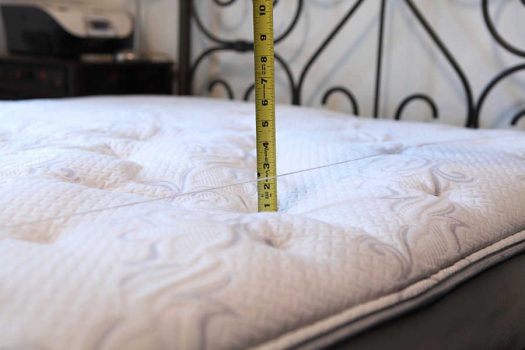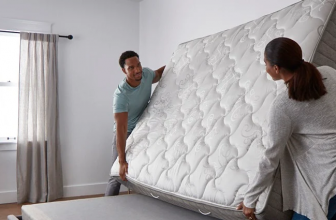Brief: How to Fix a Sagging Memory Foam Mattress
- Introduction: A sagging memory foam mattress can compromise sleep quality and comfort. Understanding the causes and solutions is key to restoring the mattress’s functionality.
- Causes of Sagging:
- Extra Weight: Memory foam mattresses have weight limits; exceeding them can cause sagging.
- Lack of Support: Insufficient structural support or excessive pressure on certain areas can lead to sagging.
- Poor Foundation: A weak or unsuitable foundation can contribute to mattress sagging over time.
- Fixing a Sagging Memory Foam Mattress:
- Mattress Pad or Topper: Adding a pad or topper can enhance support and even out surface irregularities.
- Rotate the Mattress: Regular rotation can distribute wear evenly, delaying sagging.
- Add More Mattress Support: Enhancing the underlying support structure can provide a firmer base, countering sagging.
- Preventing Future Sagging:
- Regular Cleaning: Keeping the mattress clean helps maintain its integrity.
- Firm Foundation: Ensuring a solid and appropriate foundation is crucial.
- Choosing Firmer Options: Opting for a firmer mattress can prevent premature sagging.
- FAQs:
- Definition of Memory Foam Mattress: A mattress made from viscoelastic foam that contours to body shape.
- Benefits: Offers pressure relief, support, and reduced motion transfer.
- Recognizing Sagging: Look for dips, uneven surface, and lack of support.
- Suitable Supports: Firm, even surfaces like platforms, slatted bases, or box springs.
- Rotation Frequency: Rotate once a month for even wear.
- Using Mattress Pads: Can provide temporary relief but may not significantly fix deep sagging.
- Conclusion: Addressing a sagging memory foam mattress involves understanding its causes and implementing appropriate measures like using toppers, ensuring proper support, and maintaining cleanliness. Regular rotation and selecting a firmer mattress can also play a crucial role in prevention.
Most of us spend a third of our lives in bed, or more accurately, on our mattresses. It’s essential to take the time to maintain a good quality sleep environment for optimal comfort and health.
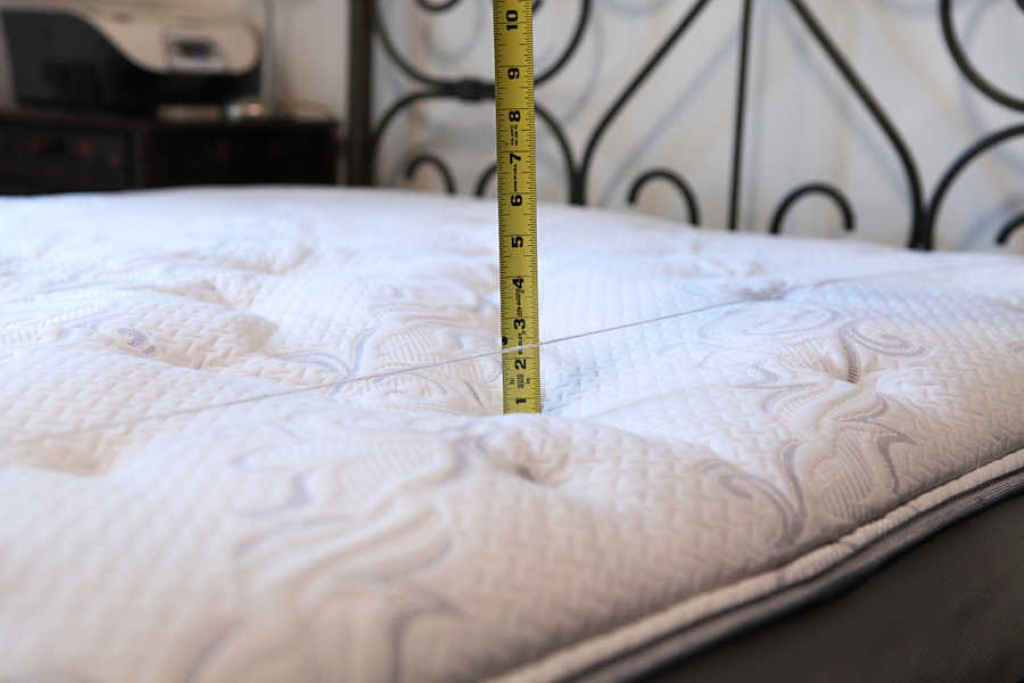
One of the most common problems with a memory foam mattress is that it sags. Memory foam mattresses are ideal for pain relief and pressure point relief, but they can sometimes lose their support when users weigh too much or sleep on them incorrectly.
As mattress experts, we’ve compiled our knowledge and experience into a list of steps you can take to prevent sagging and restore your mattress’ original comfort. Ready to get started? Let’s dive right in!
Why Does Memory Foam Mattress Sag?
There are three main causes of a sagging memory foam mattress: too much weight, lack of support (either from an underlying structure or just from the bouncing up and down motion), and a poor foundation. Mattresses sag when they are either worn out or have lost their ability to respond quickly enough after you get off them because they’ve been compressed too many times.
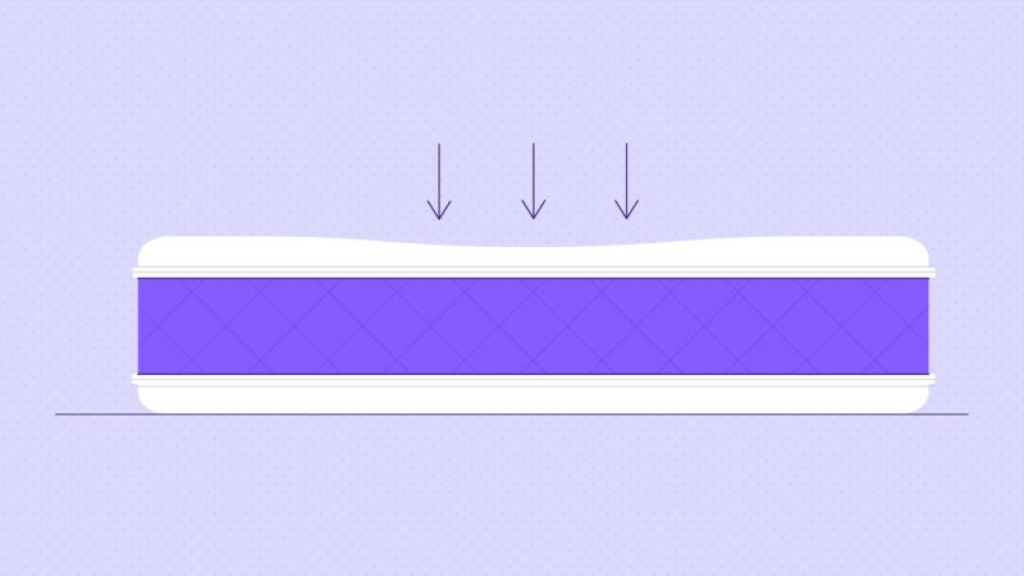
Extra Weight
Over a certain weight, memory foam mattresses just aren’t made for taking it. This means that if the bed was designed for a lighter person, and you are over that weight limit, you may be experiencing a sag in your mattress.
Lack Of Support
Memory foam, although amazing for providing pressure relief, is not meant to provide physical support. So if someone is sitting on the edge of your bed or your partner jumps on the bed from time to time in the middle of the night, it can seriously damage and weaken your memory foam mattress. This can make it sag more quickly than other types of mattresses because it’s not built to handle extra stress like this.
Poor Foundation
If your bed doesn’t have a solid enough foundation – whether that’s adjustable bases, slats, plywood, or box springs – the mattress can sag over time. Make sure that your bed has a solid foundation and can support at least four times your weight over it.
How To Fix A Sagging Memory Foam Mattress: 3 Easy Steps
It’s not a secret that you can fix a sagging memory foam mattress. Here’re some proven methods you should try.
Use A Mattress Pad Or Mattress Topper
If your mattress is sagging because you weigh too much, you can fix this problem by adding a mattress topper or pad and use that as a base for your memory foam mattress. This works particularly well if you sleep on the side because you have more surface area to distribute your weight evenly over the top of the memory foam pad/mattress topper.
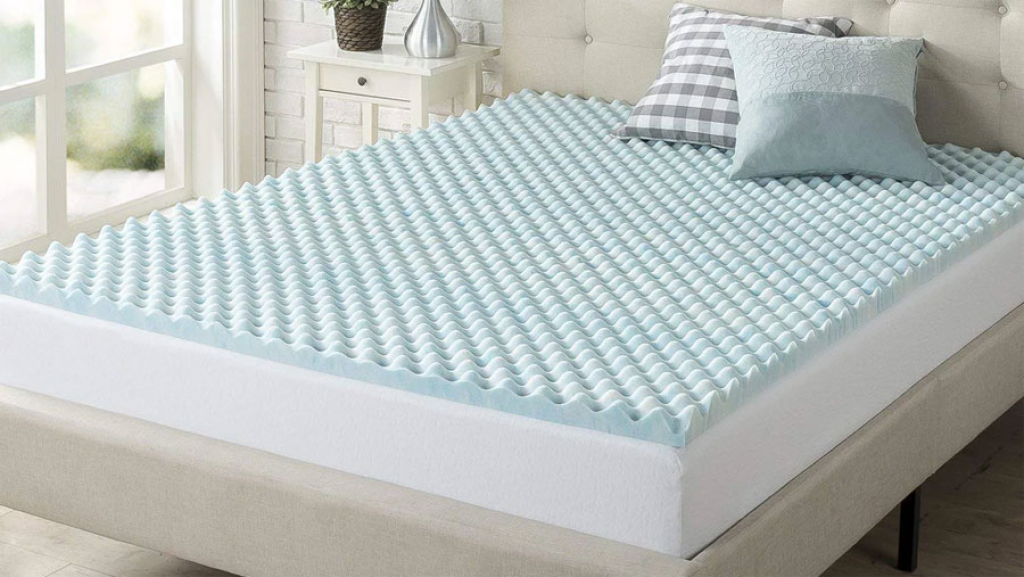
Rotate The Mattress
It may seem obvious, but if you’re sleeping on the same side every night, you’re going to cause serious sagging issues over time because of heavyweight and pressure placed directly onto the same spot in the mattress. This is why rotating your bed regularly is crucial – this is a real chance to even out its wear and tear over time.
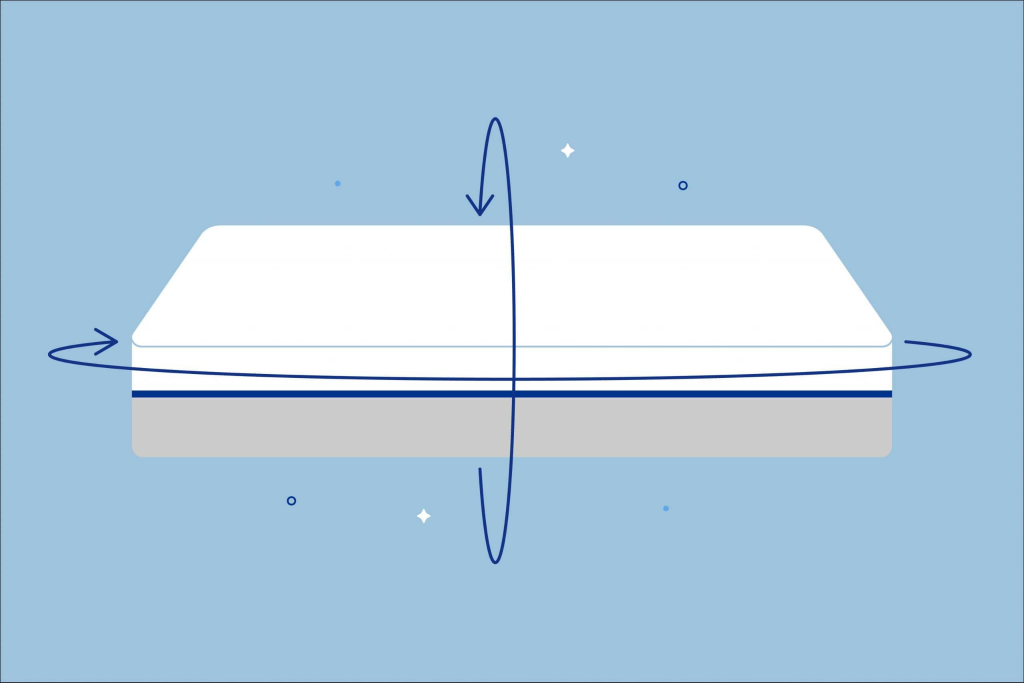
Add More Mattress Support
If there is no way around rotating your bed regularly, you can supplement it by adding extra support for your memory foam mattress. Adding the support of a mattress topper or pad will help distribute pressure, helping to lessen the chances that you’ll end up with serious sagging issues in the future.
How To Prevent Sagging In The Future
Since memory foam mattress sagging is not good, there’s some advice to prevent sagging and make your mattress great again.
Keep Your Mattress Clean
Proper maintenance can go a long way in extending the life of your mattress and preventing sagging in the first place. Wipe it down regularly with a mild soap-and-water solution, or use a mattress protector to keep dust and dirt from wearing down the foam over time.
Make Sure Your Foundation Is Firm
If you’re using a memory foam mattress that you don’t want to sag on, make sure that it’s being supported by a firm foundation. This can be as simple as adding an adjustable base to your bed or even some non-slatted wooden planks or plywood.
Choose Firmer Mattress
Sometimes, sagging isn’t caused by too much weight – it might be because your mattress is too soft. If your mattress isn’t firm enough for your preferences, prevent sagging from happening in the first place by choosing a different kind of bedding like an air bed instead of a separate memory foam mattress and base.
FAQ
What is a memory foam mattress?
A memory foam mattress is a mattress made of a soft, elastic foam material that conforms to the shape of the body and helps provide support.
What are the benefits of a memory foam mattress?
Memory foam mattresses offer support, pressure relief, and increased motion isolation. They also reduce motion transfer, which can help couples sleep more restfully.
What causes a memory foam mattress to sag?
Memory foam mattresses can sag due to use over time, body impressions caused by sleepers, improper base support, or heat retention.
How to tell if the memory foam mattress is sagging?
Check for visible dips in the mattress, look for signs of body impressions, or check for a lack of evenness and support on the surface of the mattress.
What support should be used underneath a memory foam mattress?
A memory foam mattress should be placed on an even, solid surface such as the floor, a box spring, an adjustable bed frame, a platform bed, or a slatted base.
How to fix a sagging memory foam mattress?
To fix a sagging memory foam mattress, rotate it regularly, use a mattress topper to add extra cushion, or adjust the support underneath the mattress.
How to fix a sagging memory foam mattress?
To fix a sagging memory foam mattress, rotate it regularly, use a mattress topper to add extra cushion, or adjust the support underneath the mattress.
Does flipping a memory foam mattress help?
Flipping a memory foam mattress may help even out to wear and prevent the mattress from sagging, but the sagging can reoccur if the mattress continues to be used.
Can I put a memory foam mattress on a slatted base?
Yes, a memory foam mattress can be put on a slatted base as long as the slats are no more than 3 inches apart.
How much should a memory foam mattress be rotated?
Memory foam mattresses should be rotated once a month to help even out wear and prevent sagging.
Are split mattress foundations effective for sagging mattresses?
Yes, split foundation mattresses help to support the mattress and can help to reduce sagging.
What can I do to prevent my memory foam mattress from sagging?
A few simple steps can help to prevent your memory foam mattress from sagging. Rotate it regularly, use a mattress topper to add extra cushion, and adjust the support underneath the mattress.
Can I use a mattress pad to fix a sagging memory foam mattress?
Yes, a mattress pad can help to give your memory foam mattress additional cushioning and support, but it is unlikely to significantly fix a sagging mattress.
You may want to revisit some parts of the article

